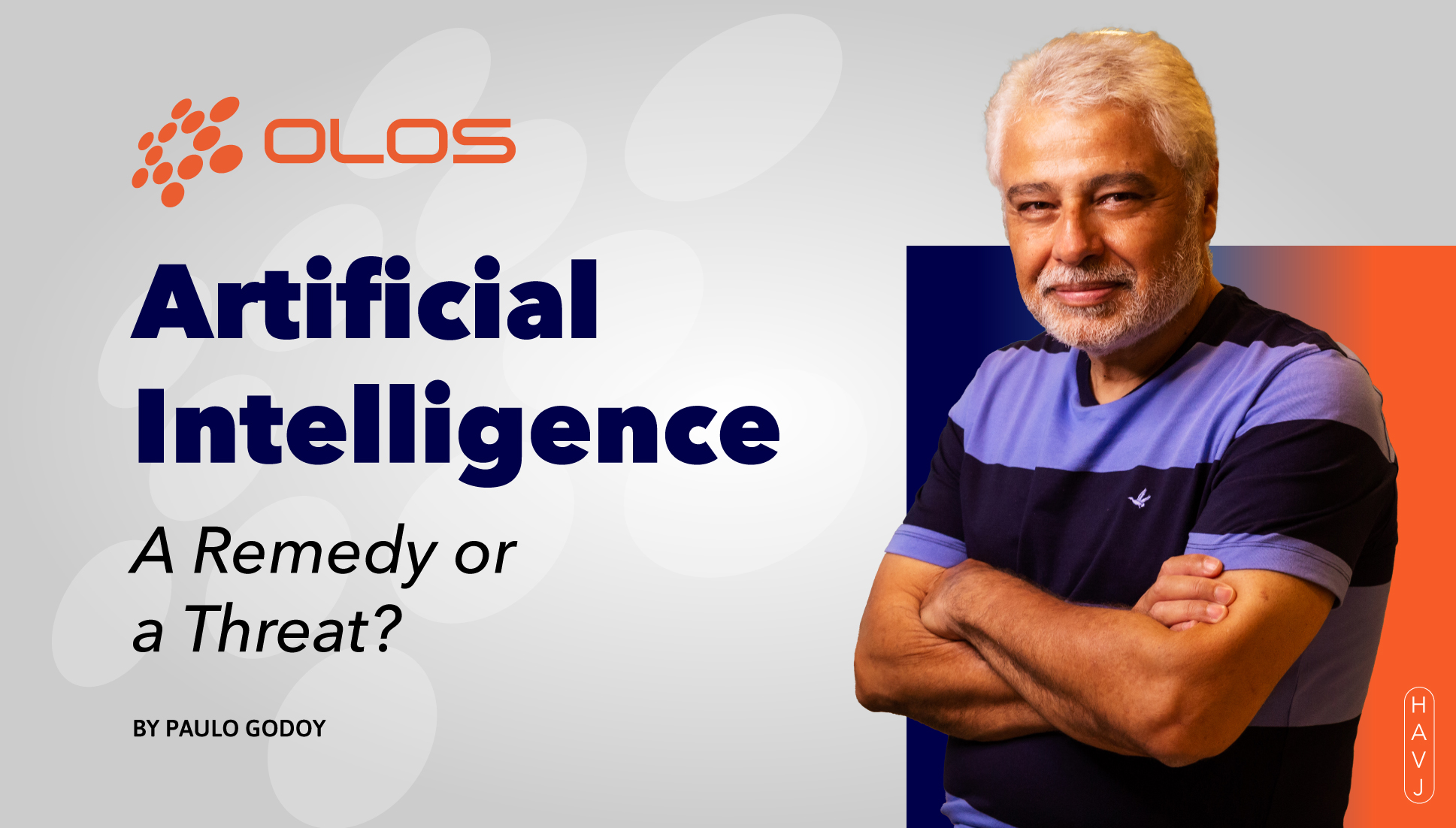Customer service has evolved rapidly. The introduction of Intelligent Virtual Agents (IVAs), together with conversational Artificial Intelligence technologies, are playing an important role in the CX area. But there is still much room for improvement.
A survey by the Qualtrics XM Institute, conducted with 220 CX professionals, revealed that customer experience is a significant or critical priority for 66% of organizations. However, most companies are still in the early stages of CX maturity, with only 3% reaching the highest level.
The slow implementation of digital transformation leaves most contact centers with limited resources, held back by siloed data and unable to realize the benefits these technologies can offer.
As a result, more than 33% of consumers are still not fully satisfied with the digital and automated services currently offered by brands, according to data from NTT, a global consulting services company.
In this article, we want to propose an alternative for brands to enhance their CX strategy with virtual assistants and improve customer relationships on a large scale. Let’s get started!
Improving the CX approach: the possibilities for virtual assistants
The new wave of virtual assistants can offer personalized and cost-effective interactions that combine voice and visual engagement. This technology allows customers to navigate the most efficient path between virtual and live channels, leveraging the best of “collaborative intelligence.”
This update to virtual assistants includes multimodal functionality to improve voice-based self-service. This allows customers to speak to a virtual assistant and receive complete forms with images to illustrate products and options.
Moving the interaction to the online environment eliminates the need for customers to say their email address or numbers, removing speech recognition errors and speeding up simple information gathering tasks.
More advanced virtual assistants can improve digital experiences for customers with the ability to type or select predefined options. Customers can upload files and images, share their location, and use call-to-action hyperlinks, such as adding an appointment to their calendar, to make their experience even easier.
Now equipped with real-time translation, the next generation of virtual assistants also reduces service costs and allows companies to use agents who speak one language for multiple markets.
What obstacles still need to be overcome for virtual assistants to reach their potential?
This year’s IBM Global AI Adoption Index found that the main barrier to adopting virtual assistants was having limited in-house skills, experience, and knowledge. Fortunately, this is where partnerships become invaluable.
Organizations should look to vendors to help them succeed in their digital transformation journey. With these experts acting as an extension of your team, you can work together to define strategy and success criteria and continuously optimize performance.
Thanks to advanced analytics, leaders can identify where friction can be removed from the customer experience and gain powerful insights into virtual self-service and live channels.
To win customer trust and satisfaction, contact center leaders should look for experienced partners and practical AI solutions that can make a quick impact on the consumer experience and enable true multimodal interactions, such as Olos’ Digital Agent.
Olos’ service offers several benefits, including:
- Increased agent productivity.
- 24/7 operation.
- Reduction in registration errors.
- Optimization of call time.
- Reduction in operating costs.
- Customized processes.
- Increased profitability
- Guaranteed quality monitoring
As technology advances, we can expect increasingly sophisticated virtual assistants that are capable of understanding our needs and assisting us in a variety of areas.
With their versatility and practicality, virtual assistants promise to continue transforming how people interact with technology and improving the experience with the brands we consume. This is the proposal of Olos and its Virtual Agent.






